
On July 1, Richmond, Va.’s, monument to Confederate Gen. Thomas “Stonewall” Jackson — which had towered above the city’s Monuments Avenue since 1919 — was taken down from its pedestal. The announcement was a victory for advocates who had called for the statue’s removal for years, and similar milestones were occurring across America. Between George Floyd’s death on May 25 and July 14, at least 36 Confederate monuments were removed or relocated in the U.S., according to the Southern Poverty Law Center. Monuments to Christopher Columbus have also been torn down in numerous cities, as have other monument perceived to celebrate a racist history, such as a statue of Philadelphia’s former Mayor Frank Rizzo.
As a result, monument bases in dozens of cities now stand vacant. What, if anything, should fill those empty spaces? TIME reached out to a collection of historians, art historians, artists and activists to get their opinions.
Many responded with a similar answer: Communities must democratize the process by which they select their new monuments. Erecting monuments, says Kirk Savage, a professor of the history of art and architecture at University of Pittsburgh, has always been driven by “people with access to power, who then disproportionately become the voices that are heard in the commemorative landscape.
“The question is,” he continues, how can people today adopt a “process of really engaging the community around these questions and empowering voices that really haven’t been heard before?”
The International Coalition of Sites of Conscience, a global network of historic sites, museums and memory initiatives, tells TIME that the process of replacing “symbols of injustice” must start with “inclusive public dialogue and negotiation about who we were, are and want to be.” That process must happen organically within each community, says Anne C. Bailey, a professor of history at SUNY Binghamton and the author of The Weeping Time: Memory and The Largest Slave Auction in American History.
City governments can also help facilitate these conversations. Ana Lucia Araujo, a professor at Howard University and the author of the upcoming Slavery in the Age of Memory: Engaging the Past, points to a Portuguese project as an example of the type of “participatory practices” communities could adopt: Citizens of Lisbon were shown the different proposals for a slavery memorial and then voted on which project they preferred.
Many communities across the U.S. are already beginning those discussions. Megan Malachi, an organizer with Philly For REAL Justice and the Black Philly Radical Organizing Collective, tells TIME that, on top of pushing for the removal of the city’s statue of former Mayor Rizzo — a staunch segregationist who infamously told Philadelphians to “vote white” in the 1970s — activists have pushed for a community discussion, particularly within Philadelphia’s Black community, of what types of memorials they’d like to erect in its place. For example, some have suggested a memorial to MOVE, the Philadelphia-based Black liberation group that lost many of its members to the 1985 MOVE bombing, when the Philadelphia Police Department dropped a bomb on the group’s compound in West Philadelphia.
But several other activists, artists and historians to whom TIME spoke have their own ideas for memorials they’d like to see erected. Here are some of their suggestions:
Memorials to victims of lynching
In 2018, Valerie Ann Johnson, dean of Shaw University’s School of Arts, Sciences and Humanities, was one of only two members of the North Carolina Historical Commission who voted to remove Confederate statues from North Carolina’s capitol grounds. While Johnson was outvoted in 2018, several of the statues were torn down by protesters in June. (The Governor ordered the removal of the remaining statues shortly after.)
Johnson says she thinks the state now has an opportunity to “reimagine” the capitol grounds in a way that both speaks to North Carolina’s values and educates visitors on the state’s history. Johnson says she prefers statues that tell stories, such as the work of sculptor Vinnie Bagwell, whose work often engages with the experience of Black Americans, and also likes a design from the Freedom Struggle Committee at Raleigh Charter High School, a collection of students who are proposing a memorial to the victims of lynching in North Carolina. “If these young people… can handle the [dark] history, certainly older people can handle it,” she says.
While the Committee is still working on its design, the students have agreed to include the name of every recorded victim of “racial terror lynching” from 1877-1950 in North Carolina, their faculty advisor Melani Winter tells TIME. “The Freedom Struggle Committee recognizes that our nation has a history of genocide, fueled by white supremacy,” the Committee said in a statement. “We hope that the memorial will display this truth of our dark history as well as stand as a testament of tenacity.”
Monuments to Black heroes
“I want to see site-specific calls for art that puts ‘the public’ in public art; art that honors marginalized people’s stories that have been ignored and left out in the midst of change,” writes Vinnie Bagwell, the artist and sculptor Johnson mentioned.
She explains that “First Lady of Jazz Ella Fitzgerald,” a monument she designed for Yonkers, N.Y., “is important to [the city] not just because she’s an international music icon, but because she grew up in Yonkers.” Bagwell’s monument of “Walter ‘Doc’ Hurley” in Hartford, Conn., on the other hand, honors “a local legend, an everyday man, an educator who raised hundreds-of-thousands of dollars to send more than 500 underprivileged black youth to college,” she continues in an email.
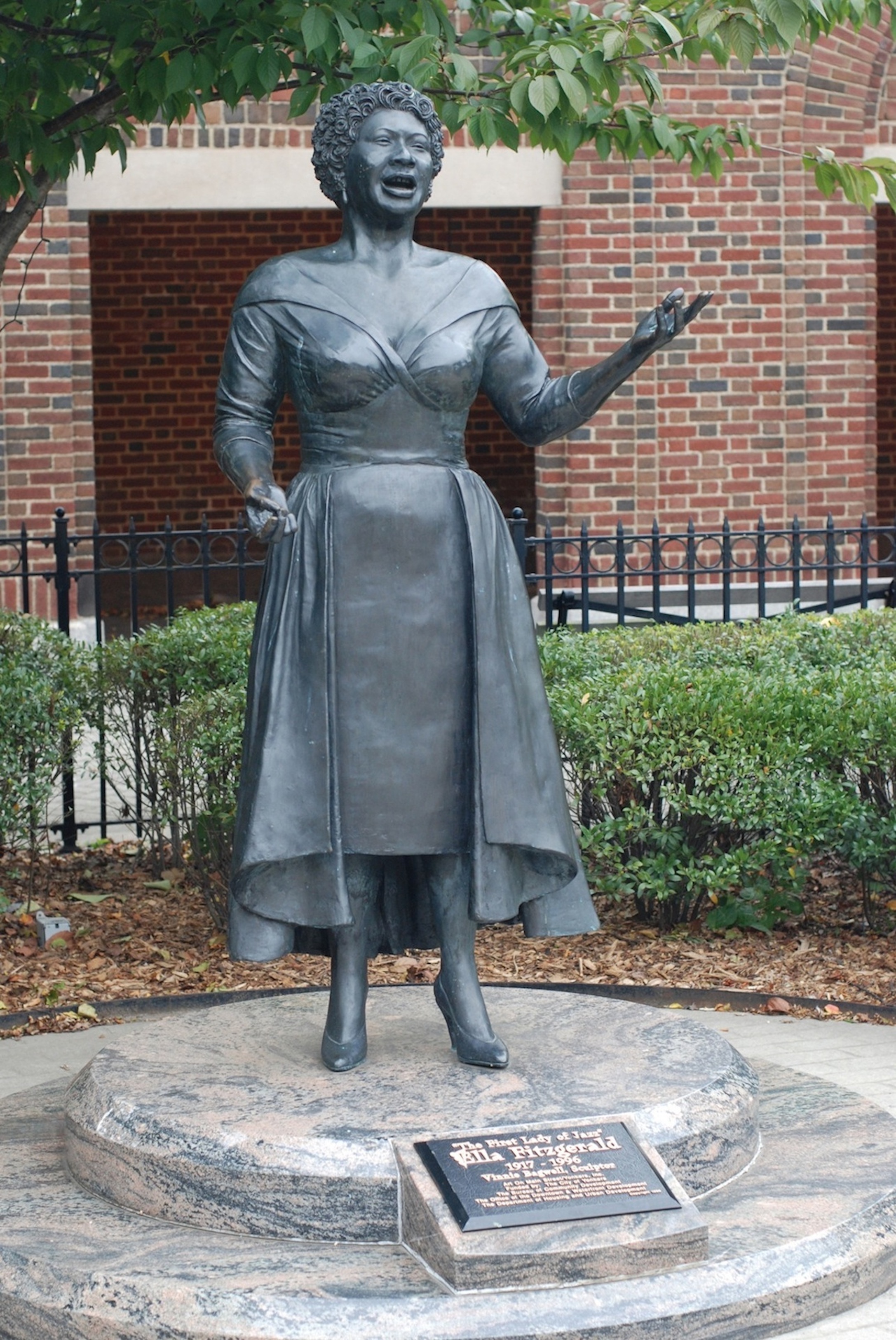
Bailey, of SUNY Binghamton, suggests a very specific subset of Black heroes: she says the U.S. should erect more monuments to the nearly 200,000 Black Americans who fought for their own freedom in the Civil War.
“If you’ve got 1,800 Confederate memorials and statues, I can guarantee you, you don’t have anywhere near close to 1,800 memorials or statues of Black heroes and the Black experience,” she says. “You can’t have enough of those memorials.”
And BlackLiq, a 37-year-old Richmond-based rapper, radio DJ and activist, tells TIME he’d like to see a statue of famed abolitionist Frederick Douglass erected in place of Richmond’s Robert E. Lee monument. The rapper, whose legal name is Robert Fields, explains that he’s always admired Douglass’ bravery and often thinks about how he escaped slavery. “He has to go alone,” BlackLiq says. “And that’s where being a leader requires sometimes.”
Monuments to the melting pot
Griffin Lotson, 66, is a seventh-generation descendant of enslaved people who were sold in 1859 in the largest slave auction in American history on the Butler Plantation in Darien, Ga. Lotson, who is now the vice-chairman of the federal government’s Gullah Geechee Cultural Heritage Commission, tells TIME that he thinks symbolic monuments celebrating America’s melting pot, rather than monuments to specific oppressed groups or historical figures, would be the best choice to replace Confederate monuments.
Monuments to the enslaved
Howard University’s Araujo suggests creating a wall of names of the enslaved people who once lived in the community—an idea she says Black activists have called for in cities in Brazil, France and the U.S.
“[The walls] are memorials that bring to light the names of those who were enslaved, as a way of rehumanizing those who during slavery, the Atlantic slave trade and colonialism were stripped from their African names and later continued to be dehumanized,” she explains in an email.
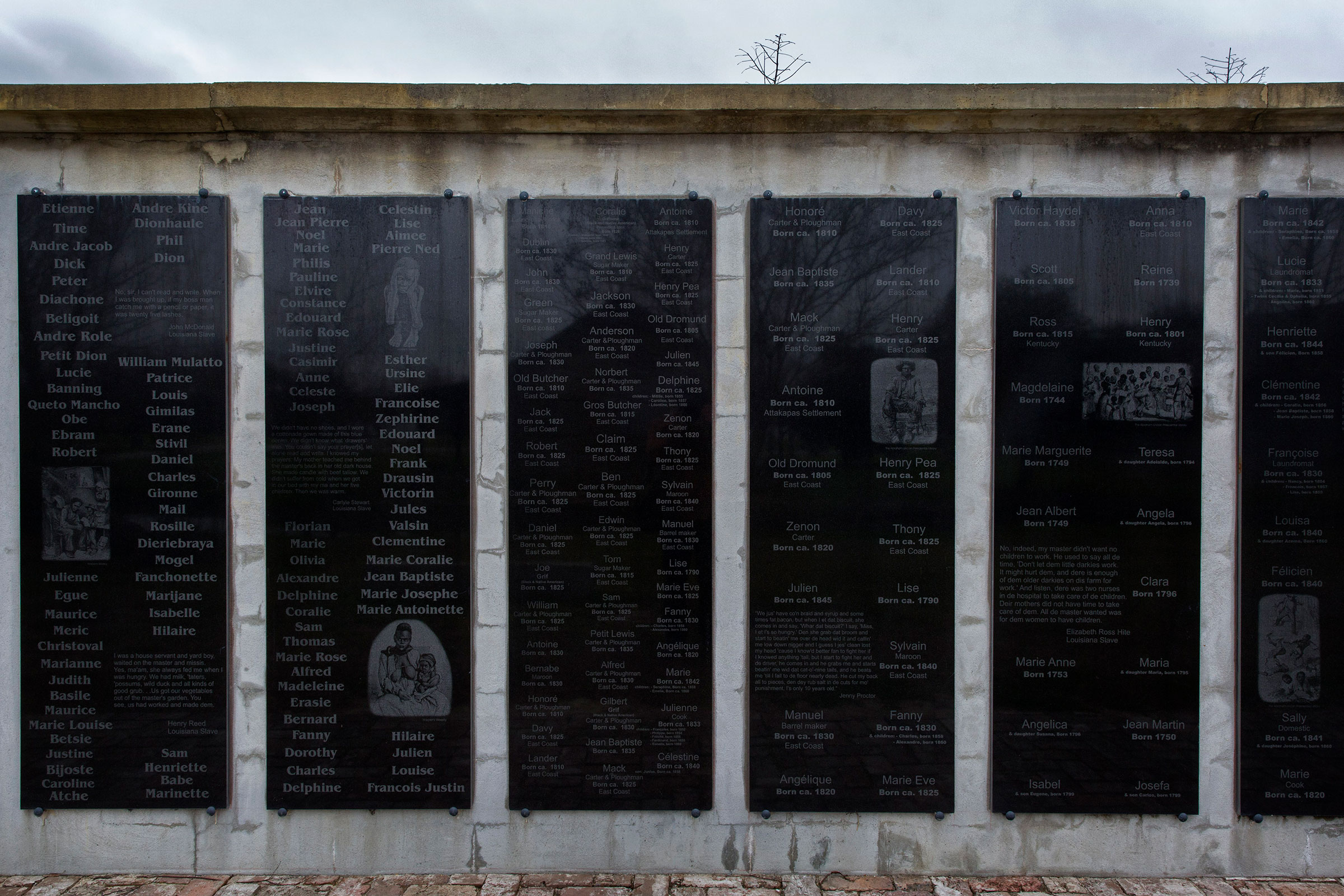
Patt Gunn, the CEO and founder of Underground Tours of Savannah, who gives daily walking tours of Savannah, Ga., on the city’s history of slavery, likewise suggests communities honor the enslaved people who are a part of their history. “I’d like to see some commemoration of the contributions of those enslaved Africans that built cities like Savannah,” she says.
A celebration of science
In late June, the American Museum of Natural History announced that it would remove the statue of former President Theodore Roosevelt that has stood at the museum’s entrance since 1940. The statue depicts Roosevelt on horseback with a Native American man and an African man on either side, visibly lower. “The statue itself communicates a racial hierarchy that the Museum and members of the public have long found disturbing,” the museum said in a statement on June 21.
When asked for suggestions of what could replace the Roosevelt statue, Michael Patrick Cullinane, the author of Theodore Roosevelt’s Ghost: The History and Memory of an American Icon, proposes “a rotating exhibition that can highlight current trends in scientific discovery” as a possible option. “There has been much talk about Theodore Roosevelt’s role in supporting the museum and his father co-founding it. Those facts shroud the many other people who made the museum a reality,” Cullinane writes in an email. “Frank Chapman, a friend of Roosevelt and the founder of the Audubon society, would [also] make a fine choice.”
Transformations of older statues
The International Coalition of Sites of Conscience says “artistic interventions” can be an effective way to reimagine “existing monuments and the spaces they inhabit in a way that encourages communities to rethink the role of history in their lives.” For an example of what this means, the group points to Kehinde Wiley’s statue “Rumors of War,” a bronze equestrian statue of a Black man that was erected just a few blocks from Richmond’s Robert E. Lee statue. The Coalition also gives the example of Krzysztof Wodiczko’s “Abraham Lincoln: War Veteran Projection,” which “superimposed images of war veterans who served in Afghanistan and Iraq onto a statue of Abraham Lincoln in New York City’s Union Square Park,” as another route of intervention.
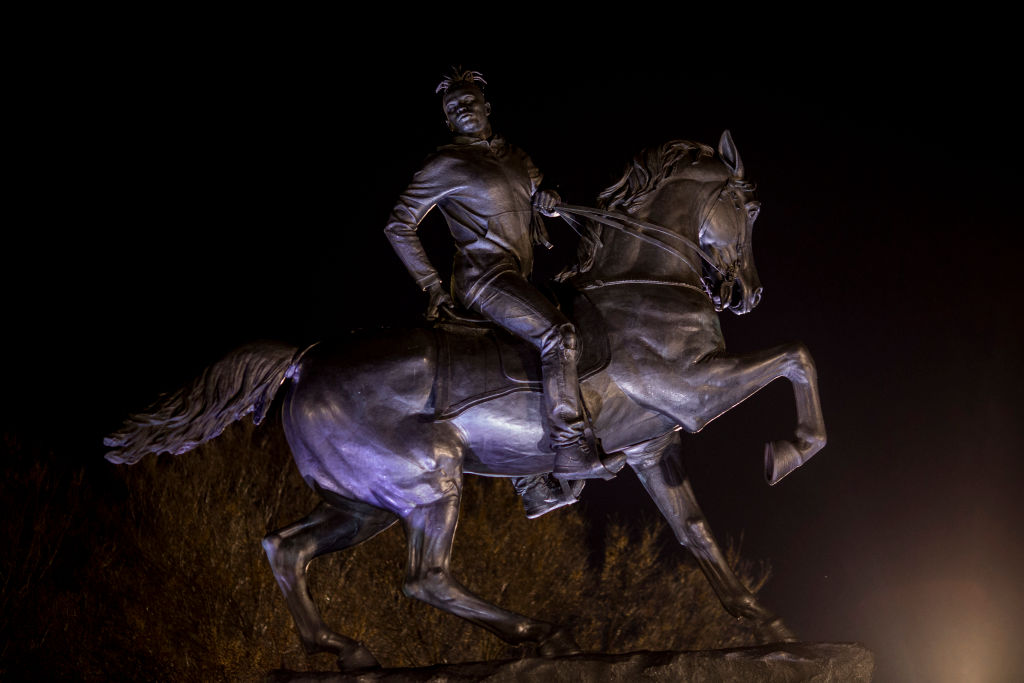
Richmond activist Chelsea Higgs Wise, 35, says something similar is already happening in her city. Since protests began, she says, the public circle where the city’s Robert E. Lee statue stands — which activists renamed the Marcus-David Peters Circle after a Black man who was shot and killed by police in 2018 — has been reclaimed by “the most diverse group of Richmonder’s I’ve ever seen.” Every day the Circle has been filled with art, music, cookouts and speeches, she shares. Making sure the community maintains that space is more important than installing a new monument, she says.
Monuments to activism
Not that Wise doesn’t have ideas for new monuments: In place of the city’s Robert E. Lee statue, Wise says she’d prefer to see statues of activists who helped spur change throughout the city, such as public housing advocate Alma Marie Barlow who founded Richmond Tenants Association. Richmond’s eviction rate is second in the country, she says, so a statue of Barlow would speak “to our oppression that we’re facing right now.”
She also suggests John Mitchell Junior, the editor of the Black-run newspaper the Richmond Planet, which documented lynching and other racist crimes throughout the South, or activist Angela Davis. Higgs Wise also says she supports the effort of Richmond’s Sacred Ground Project, led by activist Ana Edwards, to create Shockoe Bottom Memorial Park to acknowledge Richmond’s role in the U.S. domestic slave trade.
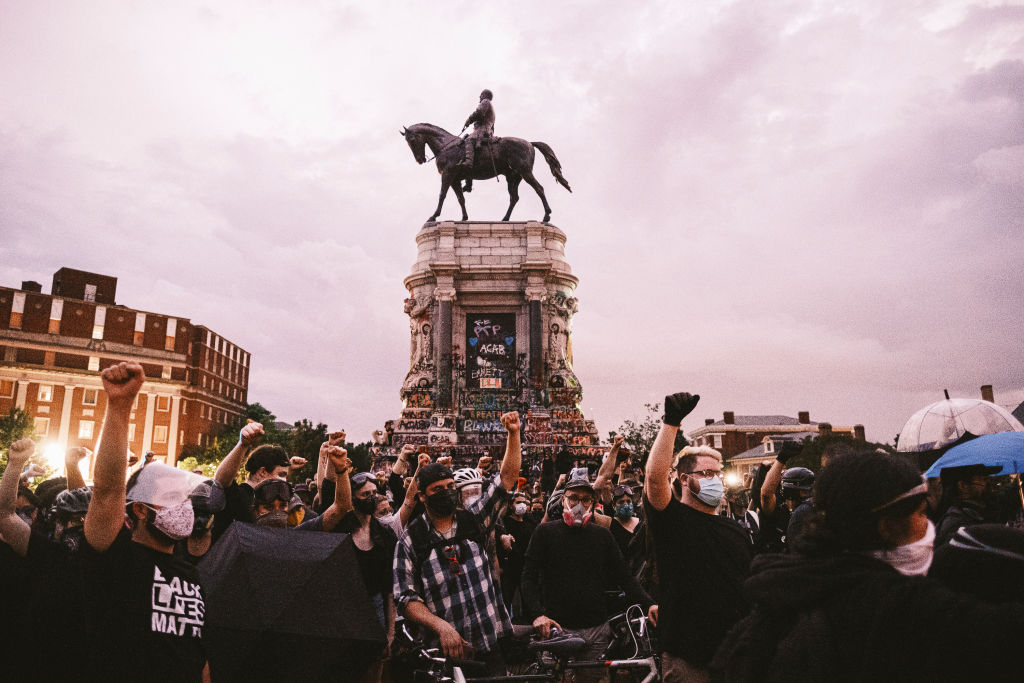
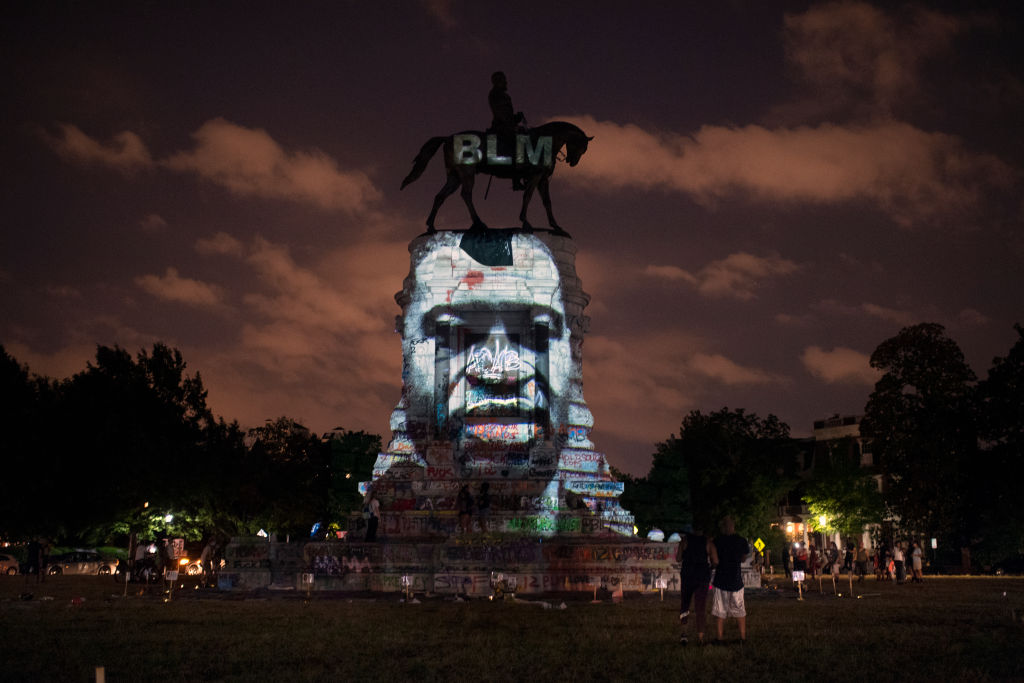
Similarly, for years Wes Bellamy, a former City Council member and vice mayor of Charlottesville, Va., has advocated for the removal of Charlottesville’s Robert E. Lee statue, which was the subject of 2017’s infamous Unite The Right rally. When asked what should replace the Lee monument, Bellamy suggested a memorial to the late Dr. Holly Edwards, the last Black Charlottesville city counselor before Bellamy joined the council, or to civil rights activist and Charlottesville educator Benjamin Tonsler. Regardless, Bellamy tells TIME he wants to see monuments to Black Americans in positions of power and triumph. “I don’t want to see another slave statue,” he says.
Get your history fix in one place: sign up for the weekly TIME History newsletter
Some experts to whom TIME spoke also pushed to expand the traditional understanding of what monuments can be.
For example, the City College of New York art history Professor Harriet F. Senie argues that it’s time to move away from the idea of a single figure atop a single base and instead move toward group memorials conveying the message that “history is not made by a single person… it’s made over time by any number of significant individuals.” She points to Meredith Bergmann’s Women’s Memorial in Boston as an example. Bergmann’s monument depicts three women — Phillis Wheatley, Abigail Adam and Lucy Stone — who appear to have stepped off their pedestal down onto street level, each interacting with their base in a different way.
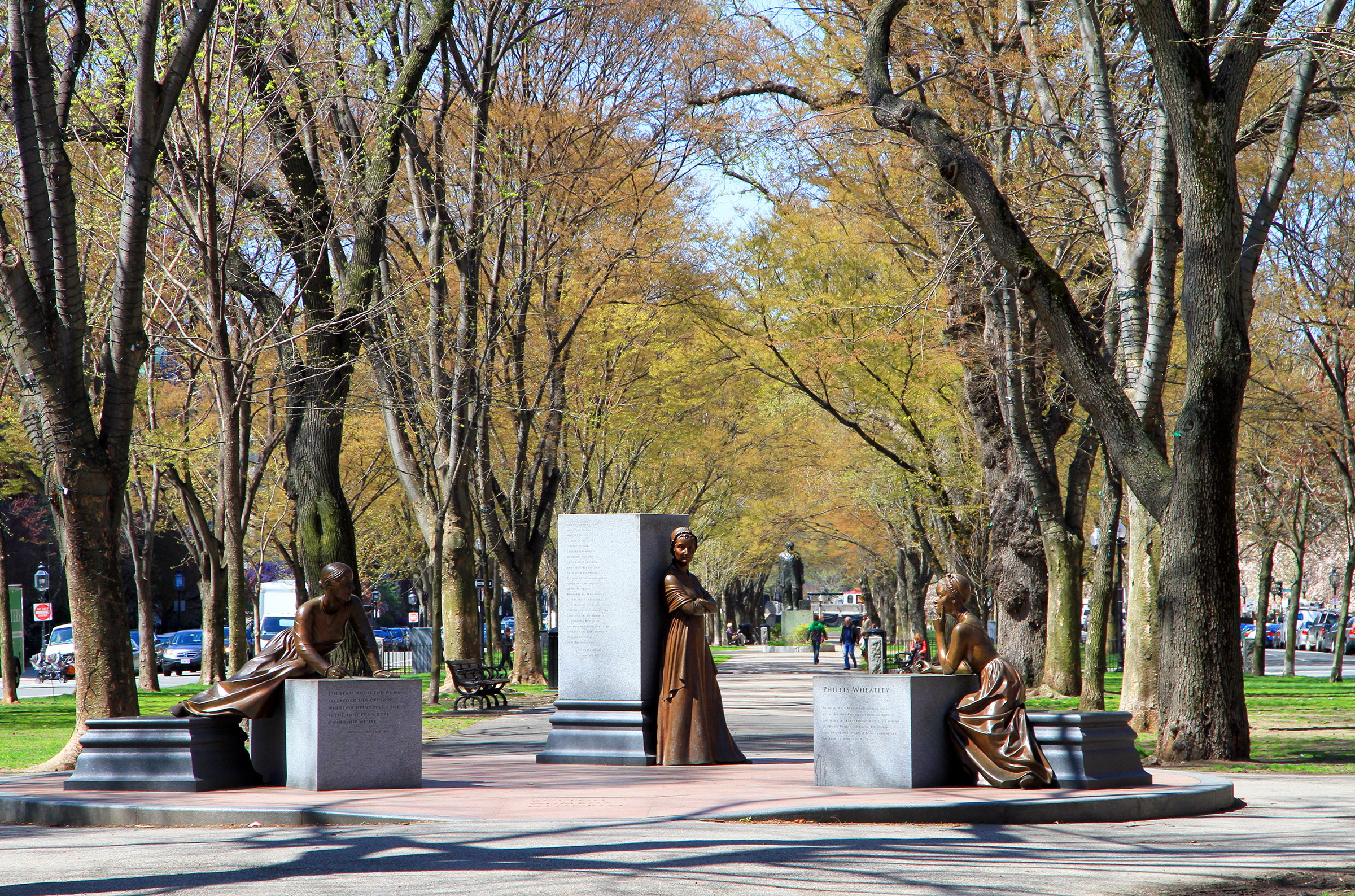
Others experts suggest Americans adopt rotating monuments. Roosevelt biographer Cullinane, who works and lives in London, points to the Fourth Plinth in Trafalgar Square as an example. The plinth had been empty for years due to funding issues and debates over what should be placed there, so the city decided to install rotating exhibitions, which have dealt with pressing topics such as climate change and social media. “Many of us resist change because we expect statues to remain atop their plinths forever,” Cullinane continues. “What if we made replacement the norm?”
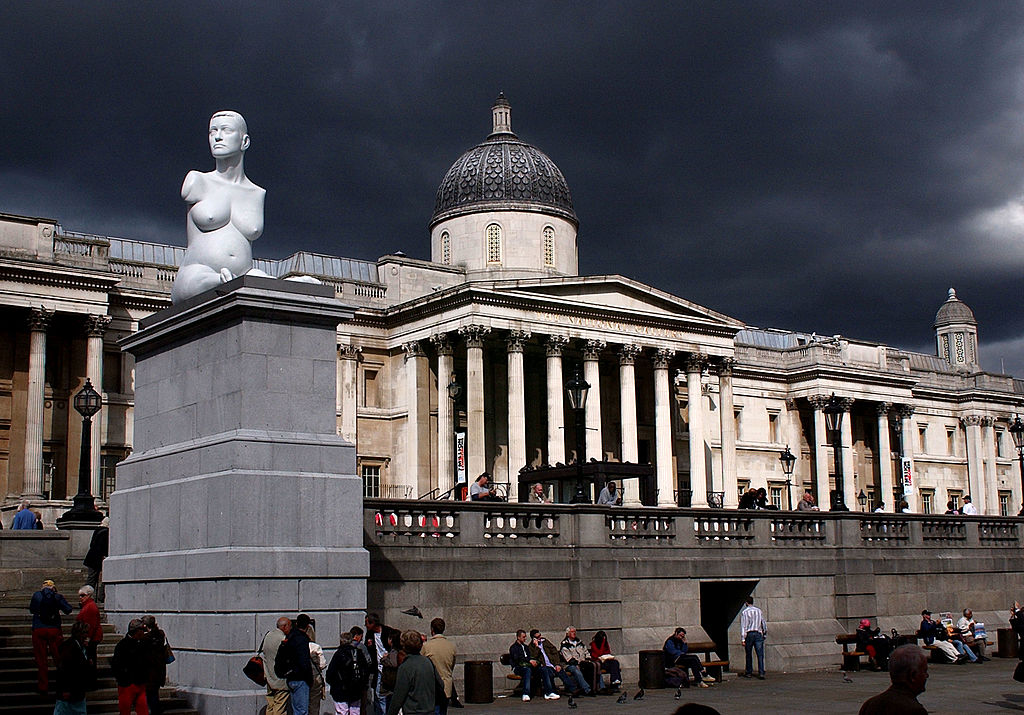
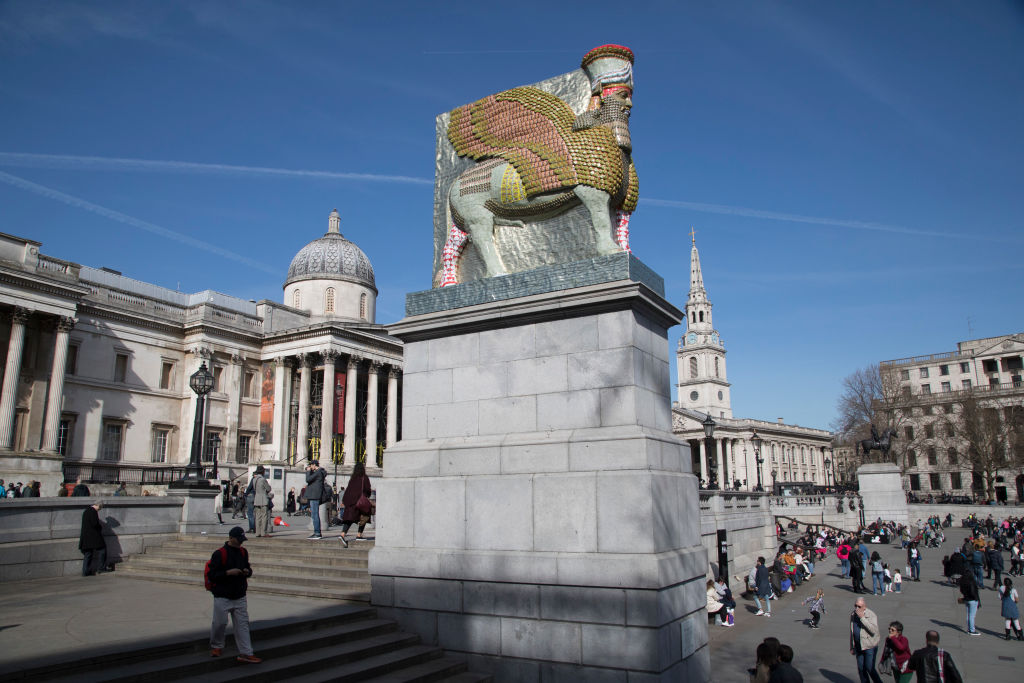
Cathy Thomas of Frankfort, Ky., a member of the Kentucky Historic Properties Advisory Commission that voted June 12 to remove the statue of Confederate President Jefferson Davis from the Kentucky State Capitol building, has a similar idea for the vacant space. Thomas — who spoke to TIME as a private citizen rather than a representative of the historical commission — says she thinks rotating “plaques or smaller, maybe not permanent, statues and art commemorating various Kentucky heroes” could honor Kentuckians like journalist and civil rights activist Alice Allison Dunnigan and National Urban League Executive Director Whitney Young.
Others say the question of monuments misses the point: New York City’s American Indian Community House has called for the removal of Columbus Circle’s statue of Christopher Columbus for years, but the group isn’t pushing for something else to replace the explorer’s image. Rick Chavolla of the Kumeyaay tribal nation, the group’s board chair, says that if officials really want to recognize Indigenous people, the best way is with “land and resources.”
Regardless of what direction a community chooses to go after removing a memorial to white supremacy, the process will take communication, patience and commitment.
“I don’t believe there is—or should be, a single solution or even blanket parameters to this endeavor [of replacing monuments],” writes sculptor and artist Judith Shea. “The singular political agenda, of the late period Confederate monuments anyway, was the problem. Vision, not politics should be the antidote, and that takes time and understanding.”
Correction, July 28
The original version of this story misstated the name of the town where Cathy Thomas lives. It’s Frankfort, Ky., not Frankfurt, Ky.
More Must-Reads from TIME
- Cybersecurity Experts Are Sounding the Alarm on DOGE
- Meet the 2025 Women of the Year
- The Harsh Truth About Disability Inclusion
- Why Do More Young Adults Have Cancer?
- Colman Domingo Leads With Radical Love
- How to Get Better at Doing Things Alone
- Michelle Zauner Stares Down the Darkness
Write to Madeleine Carlisle at madeleine.carlisle@time.com